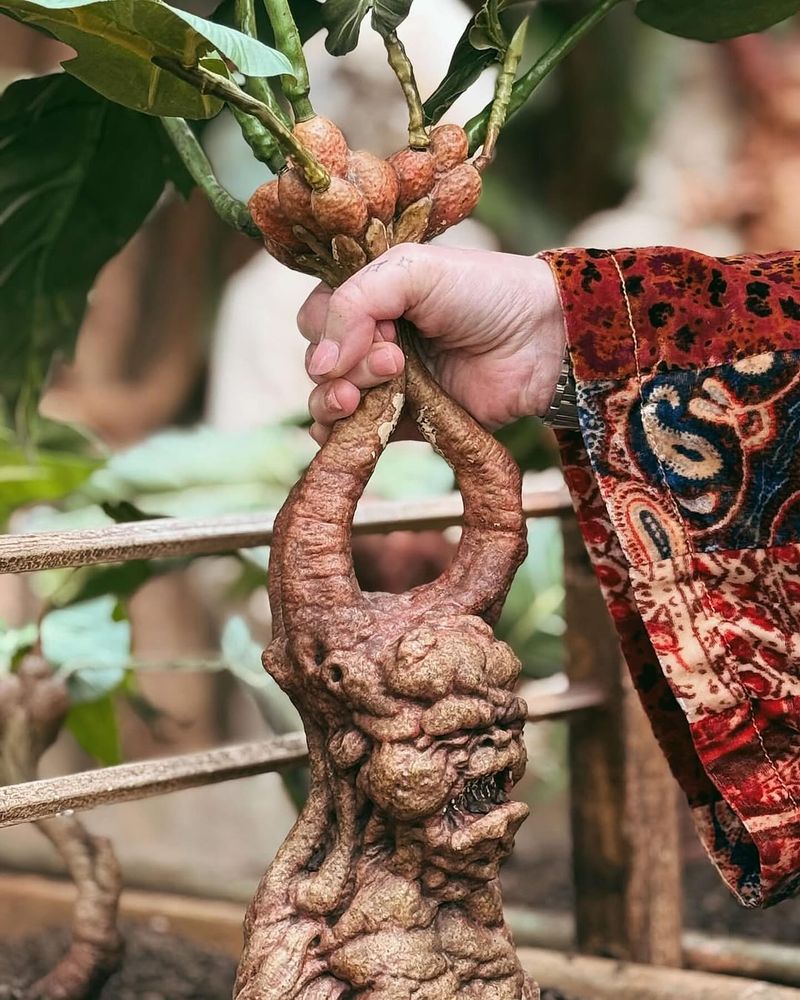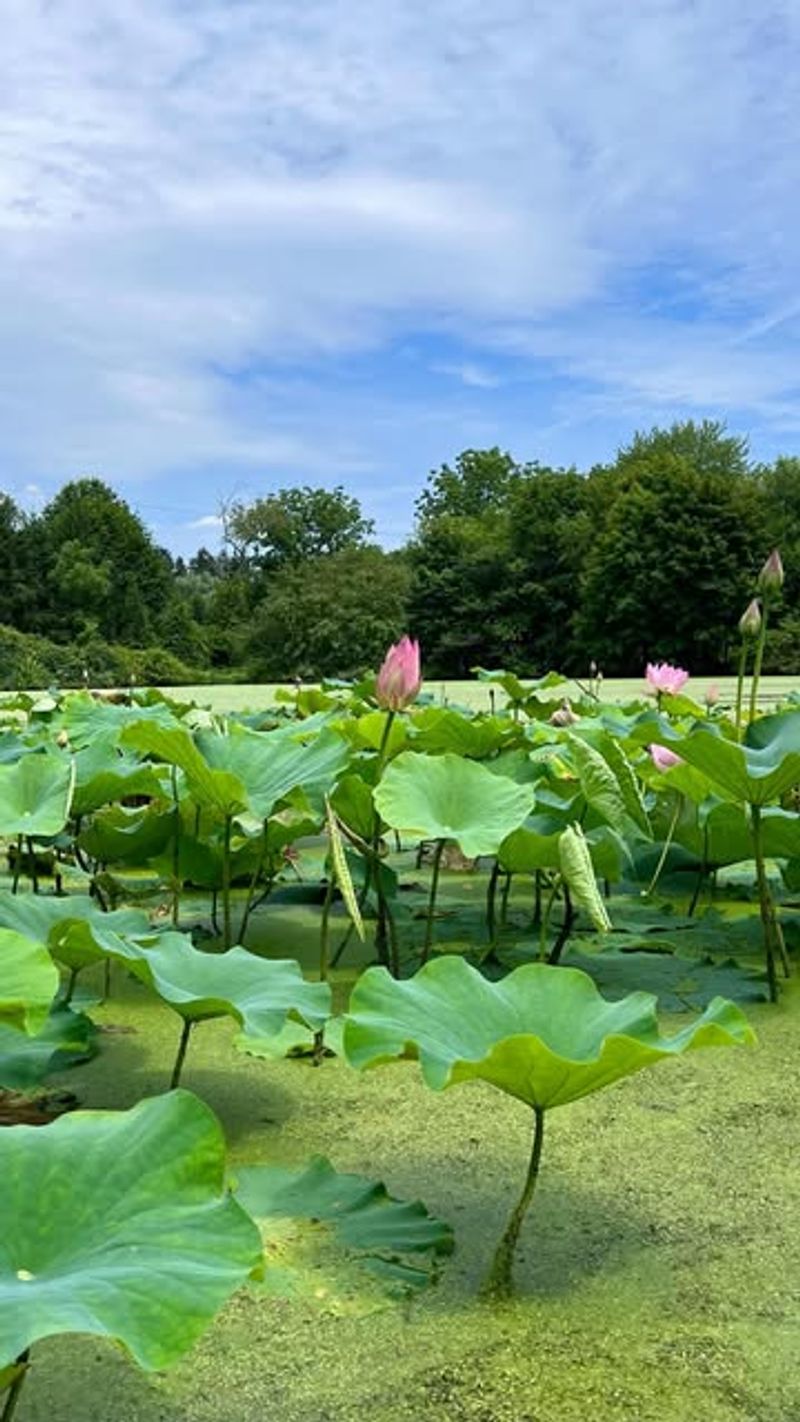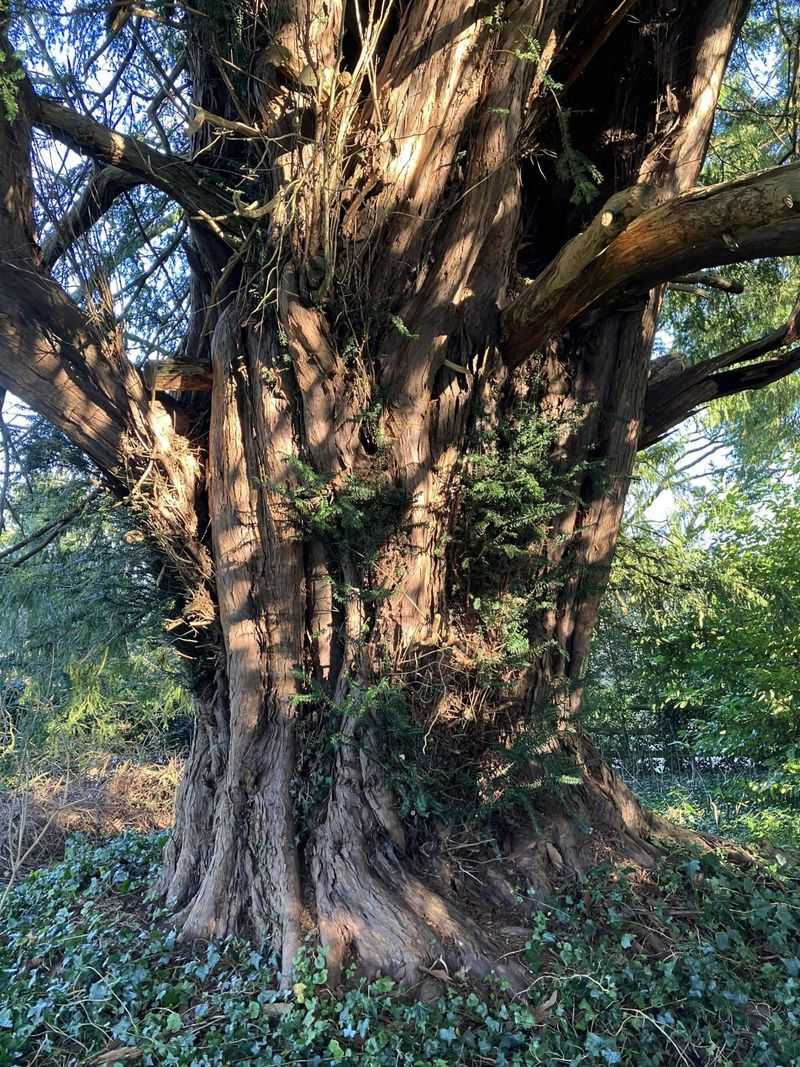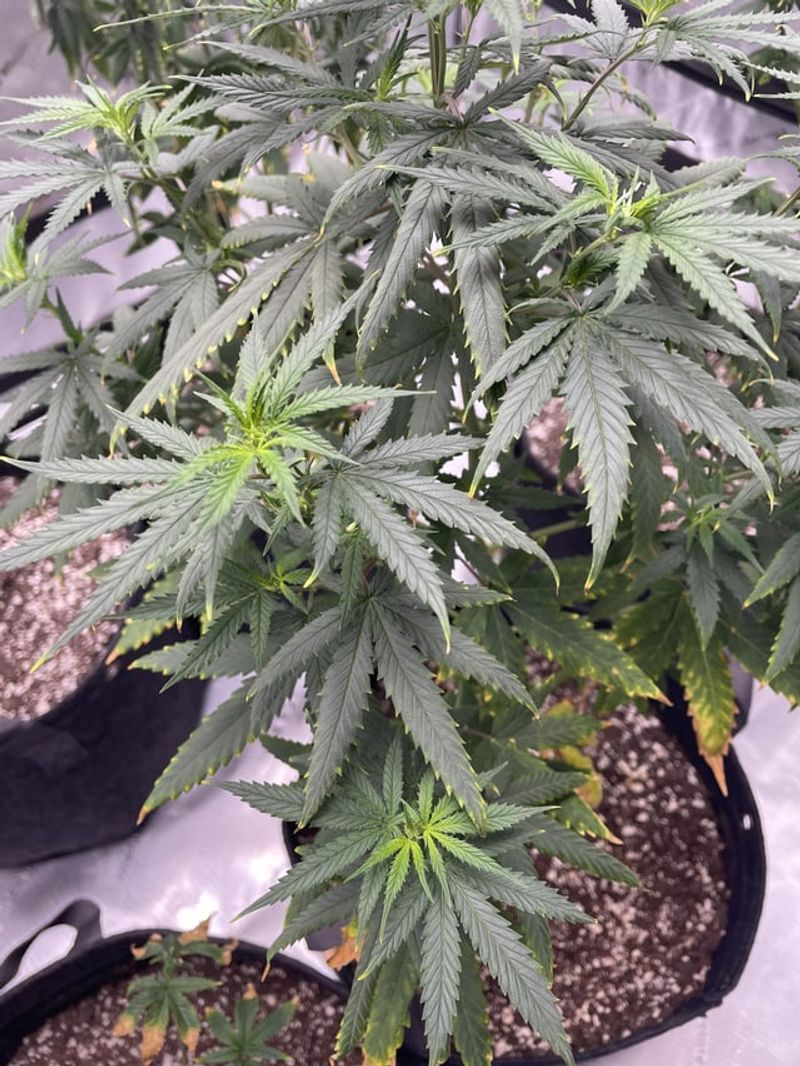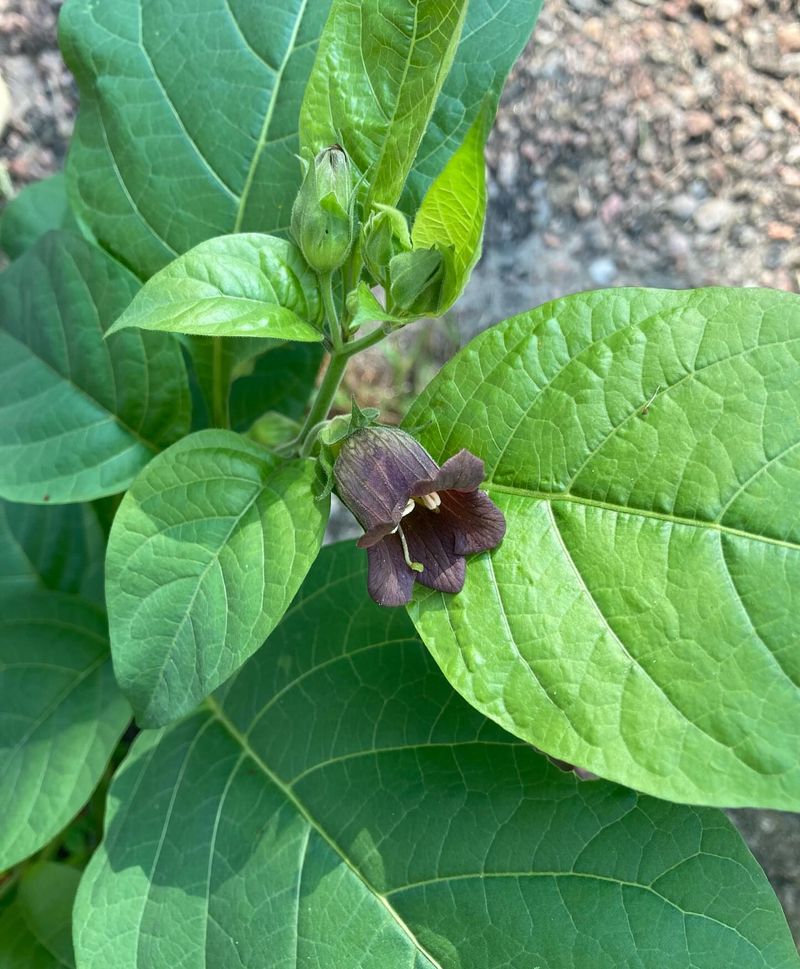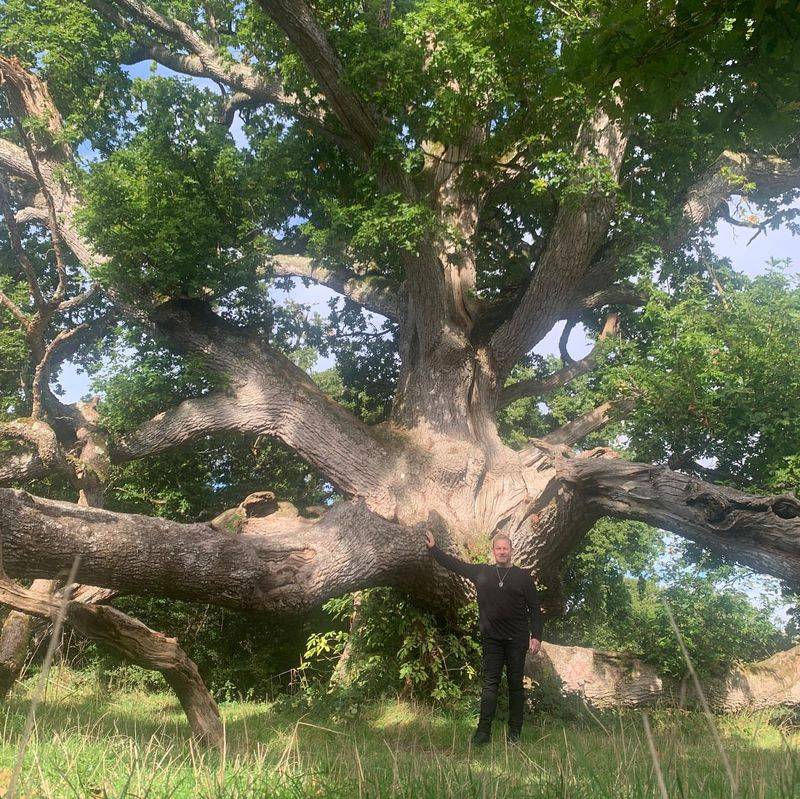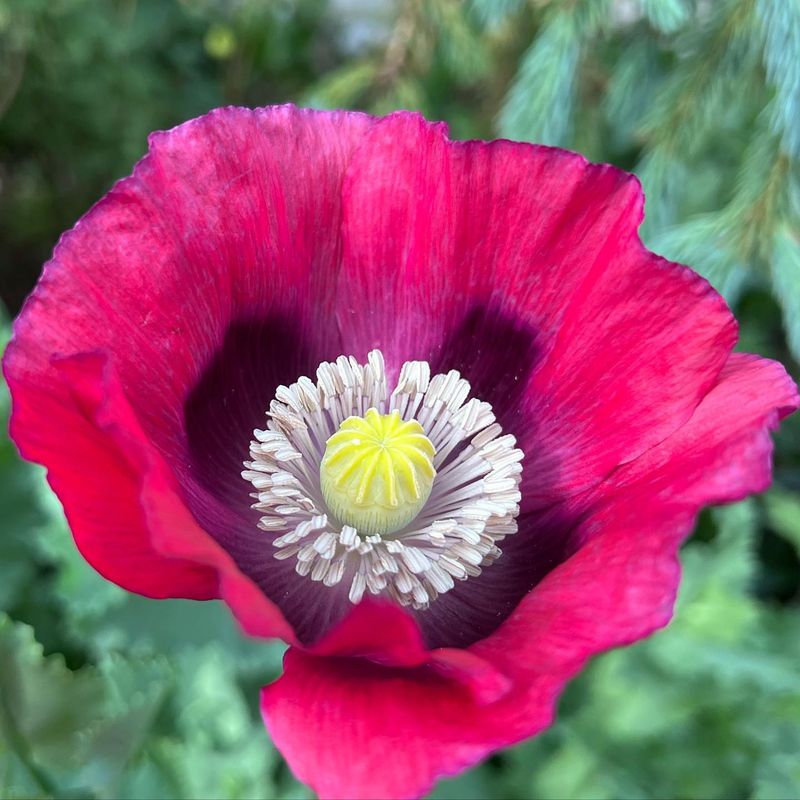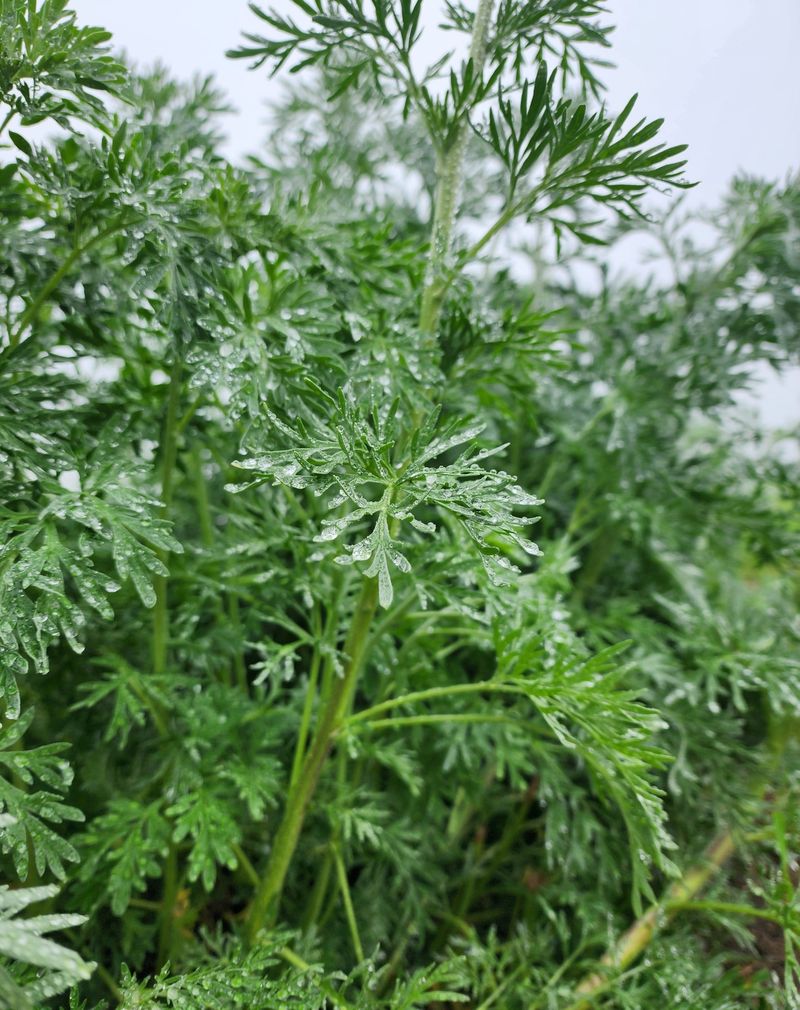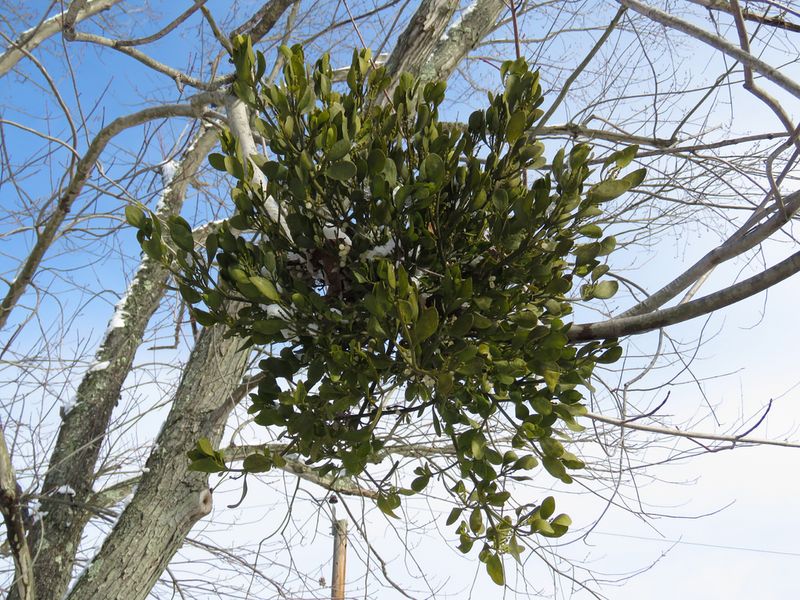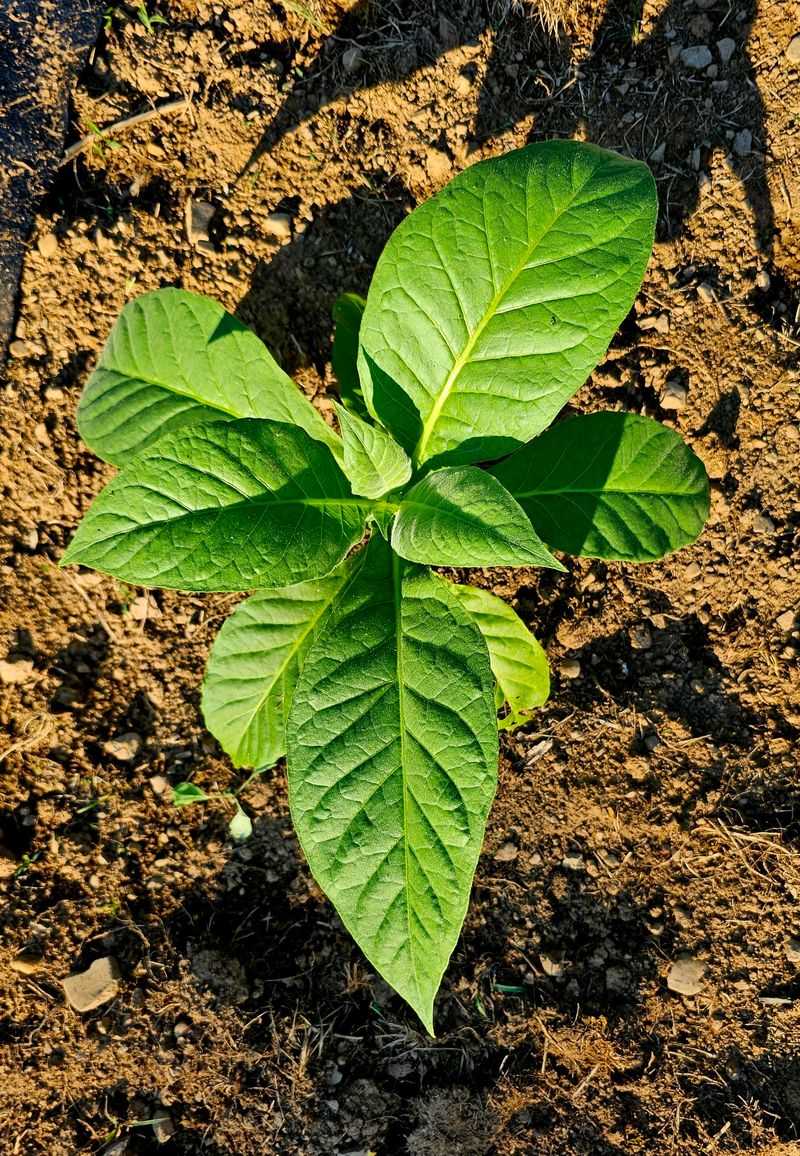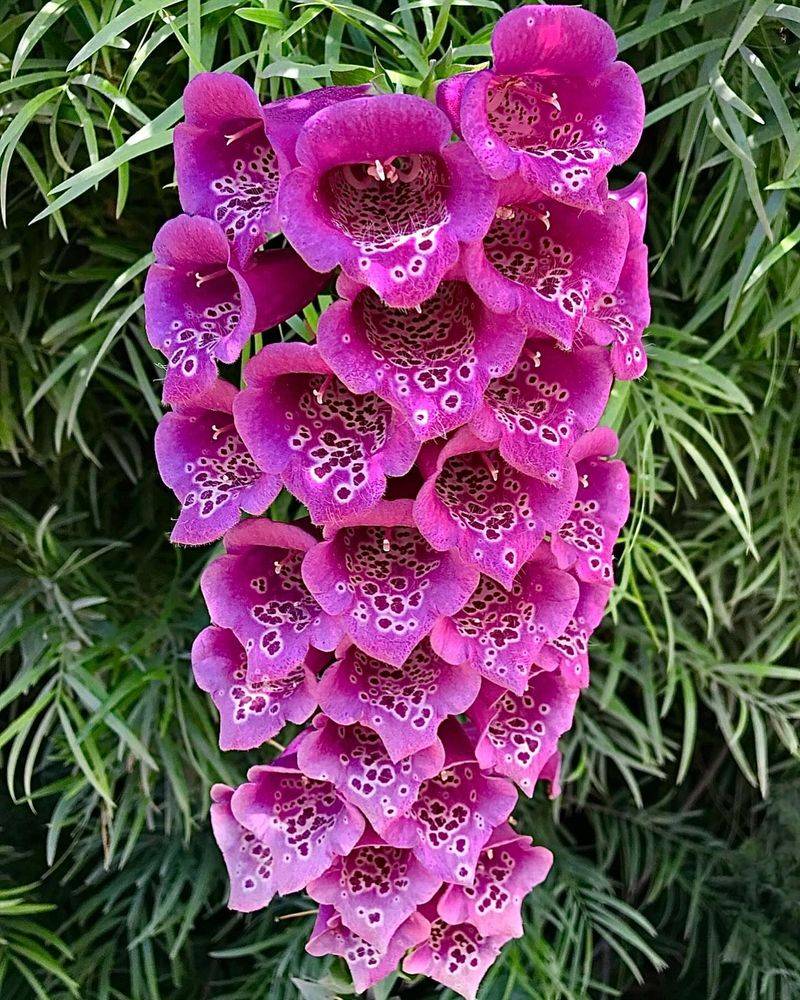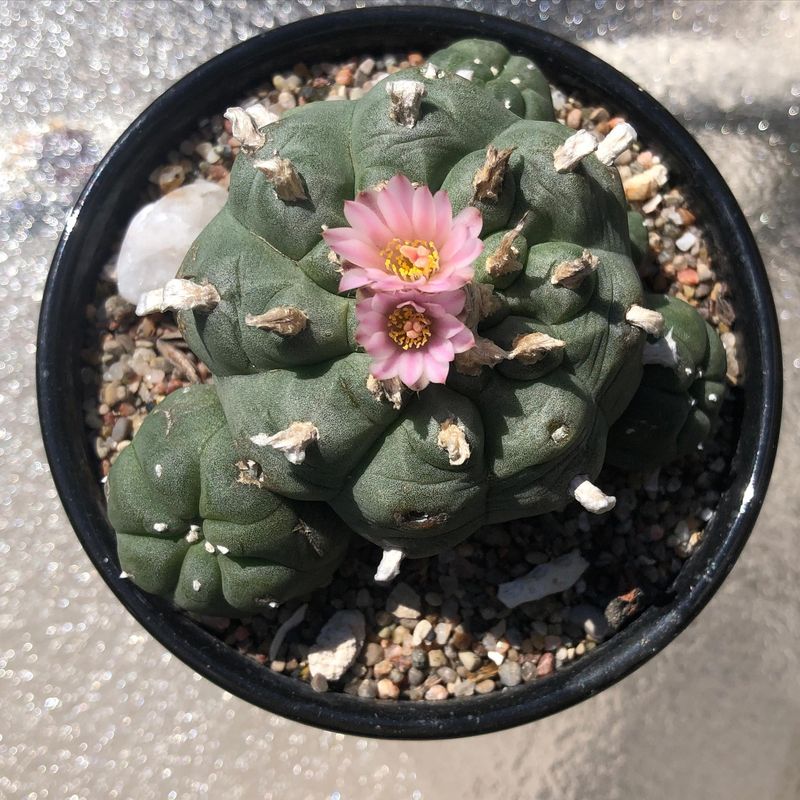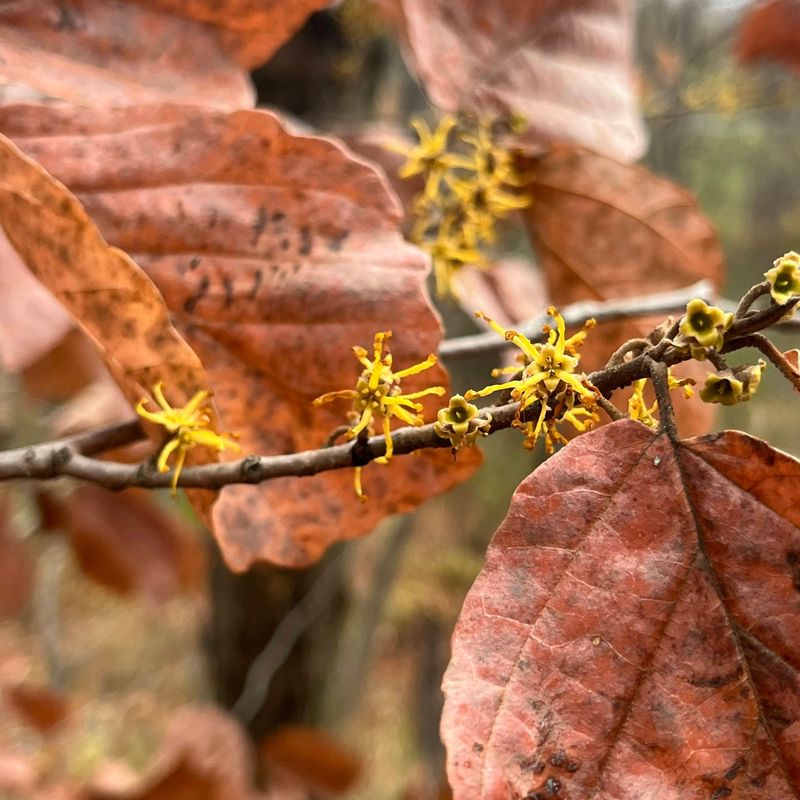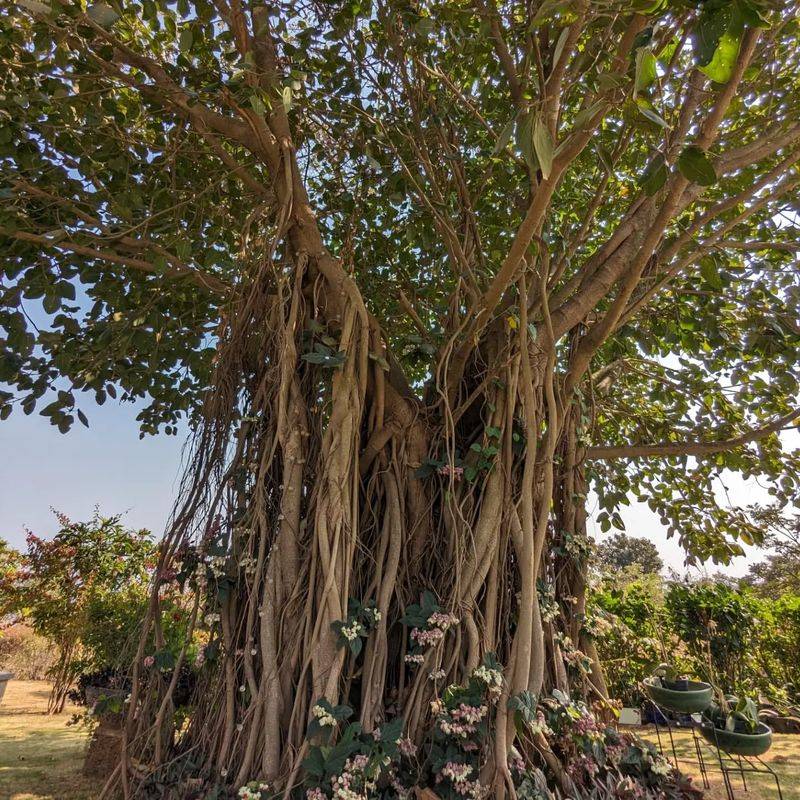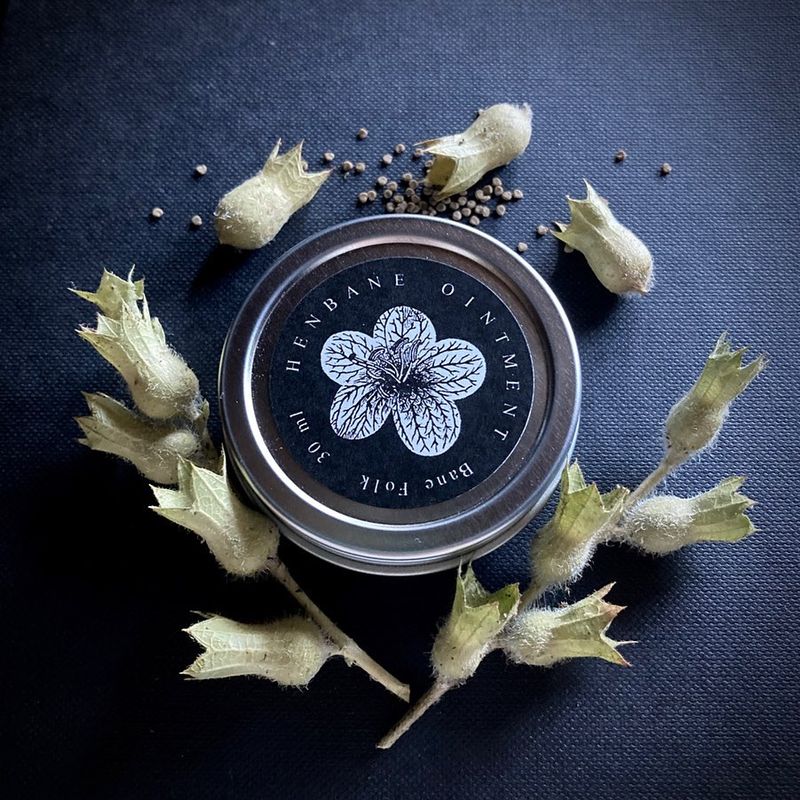Plants don’t just feed us or beautify our gardens—they’ve shaped beliefs, sparked fear, and even led to legal bans. Some were seen as sacred. Others were blamed for curses, poisons, or rebellion.
Across centuries and cultures, these 17 plants gained reputations that made them legendary—for better or worse. Step into the strange and fascinating world of flora that once stirred awe, fear, or controversy.
1. Mandrake: The Screaming Root
Ancient people believed mandrake roots could kill anyone who dug them up with their ear-splitting screams. The human-shaped roots were tied to dogs who would pull them from the earth while their owners plugged their ears with wax.
Medieval Europeans treasured mandrakes as fertility charms and pain relievers. The plant contains powerful alkaloids that can cause hallucinations and death in large doses, giving scientific backing to the fear it inspired.
2. Coca: Sacred Leaf and Modern Villain
For thousands of years, indigenous Andean people chewed coca leaves as a sacred medicine to combat altitude sickness and boost energy. The Spanish initially tried banning this practice before realizing its value for keeping workers productive in high-altitude mines.
Everything changed when cocaine was isolated from coca in 1859. The plant went from respected herb to global outlaw, banned in most countries despite its traditional uses having little in common with the concentrated drug.
3. Lotus: The Flower That Makes Men Forget
Homer’s Odyssey tells of an island where lotus-eaters lived in peaceful forgetfulness, abandoning all ambition after tasting the plant’s fruits. This legendary narcotic lotus likely referred to the blue water lily of the Nile, which ancient Egyptians used in religious ceremonies.
Archaeological evidence suggests these flowers contain compounds with mild psychoactive effects. Egyptians depicted their sun god emerging from a lotus bloom each morning, making it a symbol of rebirth and creation in their religious artwork.
4. Yew: Guardian of the Dead
Planted in churchyards across Europe, yew trees stand as ancient sentinels over the dead. Some living specimens predate the churches they surround, suggesting these sites were sacred long before Christianity arrived.
All parts of the yew contain taxine alkaloids that can stop a human heart within minutes. Despite this deadly nature, yew extracts now form the basis of chemotherapy drugs that fight cancer. The tree’s association with both death and immortality made it a powerful religious symbol across many cultures.
5. Cannabis: From Sacred Herb to Contraband and Back
Cannabis appears in ancient Chinese medical texts from 2700 BCE as a treatment for gout, rheumatism, and absentmindedness. Hindu holy men have smoked it for centuries to commune with Shiva, while ancient Scythians threw it on hot stones in funeral rituals to purify the air.
The plant’s global prohibition began in the early 20th century, driven more by racism and political concerns than by science. Today, cannabis is experiencing a renaissance as medical research confirms many of its traditional uses.
6. Belladonna: Beauty’s Deadly Price
Renaissance women once dripped belladonna extract into their eyes to dilate their pupils, creating a wide-eyed, dreamy look considered the height of beauty. The plant’s Italian name literally means “beautiful lady,” referencing this dangerous cosmetic practice.
Witchcraft accusations often followed those who grew this plant. Its potent alkaloids could induce hallucinations when applied in flying ointments, leading to sensations of flight. Modern medicine harnesses these same compounds for treating motion sickness, intestinal disorders, and dilating eyes for examination.
7. Oak: The King’s Sacred Tree
Ancient Druids performed their most important rituals beneath mighty oak trees, believing they channeled divine energy from the heavens. The Greek god Zeus and Norse god Thor were both associated with oak trees and their lightning-attracting properties.
Cutting down a sacred oak meant death in many Celtic societies. Even today, the Major Oak in Sherwood Forest remains a pilgrimage site, while the Oak of Guernica symbolizes Basque independence. Few trees have inspired such consistent reverence across so many different cultures throughout history.
8. Opium Poppy: Flower of Dreams and Nightmares
Sumerian clay tablets from 3400 BCE refer to opium poppies as the “joy plant,” showing humanity’s ancient relationship with this powerful medicine. Victorian England saw widespread opium use in everything from children’s teething remedies to everyday pain relief.
The Opium Wars erupted when China tried banning the drug that was destroying its society, while Britain insisted on continuing the profitable trade. Today, poppies remain both essential medicine and global problem – providing crucial painkillers like morphine while fueling addiction and illegal trafficking.
9. Wormwood: The Green Fairy’s Source
Absinthe, the infamous “green fairy” liquor made from wormwood, became the drink of choice for artists and writers in 19th-century Paris. Its supposed hallucinogenic properties and association with creativity led to its eventual ban in most countries by 1915.
The plant contains thujone, once thought to cause hallucinations but now known to simply cause mild excitement at normal doses. Wormwood has been used medicinally for thousands of years as a digestive aid and parasite treatment, with its intensely bitter taste becoming symbolic of suffering in Biblical texts.
10. Mistletoe: Parasitic Plant of Peace
Norse mythology tells how the god Baldur was killed by an arrow made of mistletoe, the one plant that hadn’t promised not to harm him. Druids considered mistletoe growing on oak trees especially sacred, harvesting it with golden sickles during special ceremonies.
The tradition of kissing under mistletoe began with ancient fertility rituals. The plant’s white berries were seen as symbols of male fertility. During Victorian times, each kiss required removing one berry until none remained, limiting how many kisses could be stolen under a single sprig.
11. Tobacco: From Sacred Pipe to Public Enemy
Native Americans used tobacco in sacred pipe ceremonies to seal agreements and communicate with spirits. The smoke was believed to carry prayers upward to the Creator. European colonizers quickly became addicted to the plant, turning it into a global commodity.
Tobacco was once prescribed by doctors for everything from toothaches to typhoid. The dramatic shift from respected medicine to reviled health hazard makes tobacco unique among plants. Despite overwhelming evidence of its dangers, tobacco remains legal while many less harmful plants face prohibition.
12. Foxglove: The Plant That Steadies Hearts
Country folklore warned that picking foxglove would anger fairies who used the bell-shaped flowers as gloves. Despite these superstitions, an 18th-century Scottish doctor named William Withering discovered that foxglove could treat dropsy (now known as heart failure).
The line between medicine and poison is razor-thin with this plant. A therapeutic dose of digitalis (derived from foxglove) can save a failing heart, while slightly more can stop it forever. For centuries, this knowledge made foxglove both feared as a poison and revered as a lifesaver.
13. Peyote: The Divine Cactus
For over 5,000 years, Native American tribes have used peyote in religious ceremonies. The small, spineless cactus contains mescaline, which produces visions believed to connect users with the spirit world and provide guidance from ancestors.
The Native American Church won legal protection for their peyote use in 1994 after decades of persecution. Archaeological evidence shows peyote buttons preserved in caves dating back to 3780 BCE, making it one of the oldest continuously used psychedelic plants in human history.
14. Witch Hazel: The Divining Rod
Early American settlers learned from Native Americans that witch hazel branches could locate underground water sources. “Dowsers” would hold forked witch hazel sticks that would supposedly dip downward when passing over hidden springs.
The plant’s name comes from the Old English “wych,” meaning bendable, not from any association with witchcraft. However, its seemingly magical properties led to supernatural associations. Modern science has validated witch hazel’s medicinal uses as an astringent and anti-inflammatory, though water-finding claims remain unproven.
15. Banyan: The Tree of Infinite Life
Buddha achieved enlightenment while meditating beneath a sacred fig tree, making banyans forever associated with wisdom in Buddhism and Hinduism. These massive trees can spread across acres, sending down aerial roots that become new trunks.
Village councils in India traditionally meet beneath banyan trees, which symbolize eternal life and the interconnectedness of all beings. Cutting down these sacred trees is considered sacrilegious in many parts of Asia. Some living specimens are over 250 years old and shelter entire ecosystems within their sprawling canopies.
16. Henbane: The Witches’ Flying Ointment
Medieval witchcraft trials often mentioned “flying ointments” made from henbane. When absorbed through the skin, this plant’s alkaloids can cause vivid hallucinations of flight and shapeshifting, explaining many witch confessions.
Ancient Greeks used henbane to induce prophetic trances in their oracles. The plant was also added to beer before hops became standard, creating potent, sometimes dangerous brews. Despite its deadly reputation, controlled doses of henbane were once standard medical treatment for asthma, cough, and pain.
17. Sandalwood: The Fragrance Worth Fighting For
Ancient Indian temples were built using precious sandalwood, which resists insects and decay for centuries. The aromatic heartwood became so valuable that wars were fought over sandalwood-rich territories, with smuggling rings still operating today.
Hindu funeral pyres traditionally use sandalwood, believed to purify the soul on its journey. The tree takes 30 years before producing the valuable heartwood oil, making sustainable harvesting challenging. Many sandalwood species now face extinction due to illegal logging, despite strict protection laws.

